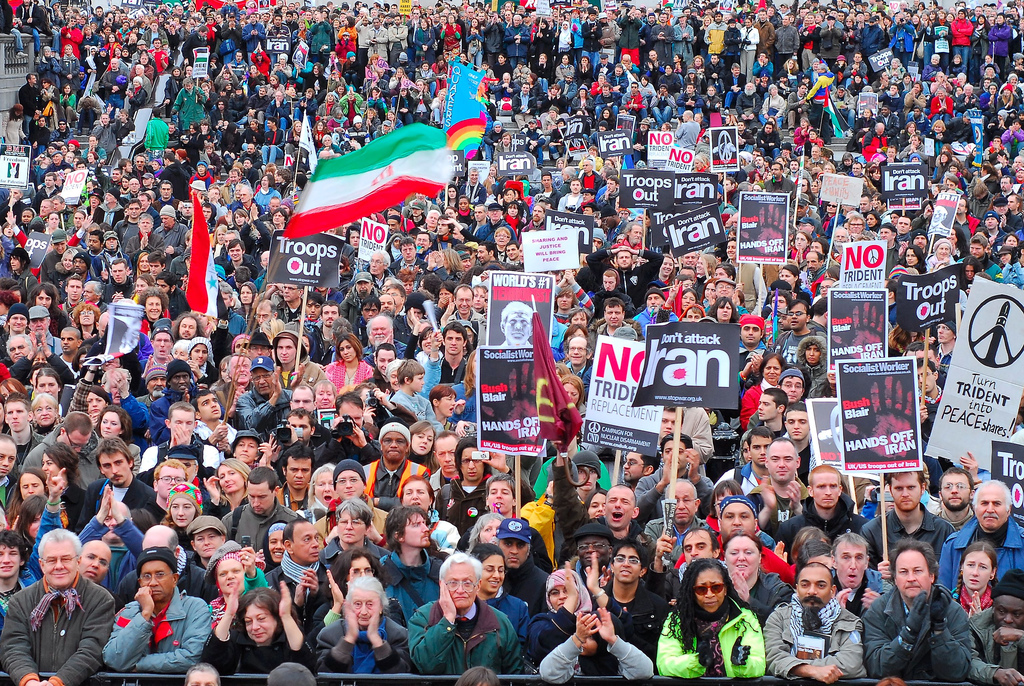Key Difference – Social Action vs Social Movements
Social action and social movement are two terms that are closely connected, although there is a difference between the two. Social action can be defined as a collective action where a group of people come together for a social cause, such as a reform or social movement. On the other hand, a social movement occurs when a group of people come together to address a social issue. In this sense, a social movement is an instance of a social action, but it does not encompass the entirety of it. This is the key difference between social action and social movement. This article will examine the differences between the two concepts in more detail.
What is Social Action?
Social action can be defined as a collective action where a group of people come together for a social cause, such as a reform or social movement. The term “social action” is a Weberian conceptualization and was first introduced to sociology by Max Weber. Weber’s social action theory highlights how human actions can impact others and how these actions are modified if they bring about negative consequences. According to Weber, there are four main types of social action: rational action, value action, affective action, and traditional action. Through each form of action, Weber emphasizes the relationship each has to various components, such as logic, emotions, customs, and values. This demonstrates that social action covers a broad scope. Now let’s examine the concept of social movement.
What is Social Movement?
A social movement occurs when a group of people come together to address a social issue. These issues can be political, economic, cultural, etc. A social movement allows people to voice their opinions on a public matter. Throughout history, there have been many instances of social movements worldwide. In modern society, social movements rely heavily on technology to organize people and voice their opinions.
There are different types of social movements. Some movements can be peaceful, while others can be violent. There are also other types of movements, such as reform movements, conservative movements, and radical movements. Some well-known examples of social movements include women’s rights movements and labor movements.
What is the Difference Between Social Action and Social Movements?
Definitions of Social Action and Social Movements:
Social Action: Social action can be defined as a collective action where a group of people come together for a social cause, such as a reform or social movement.
Social Movement: A social movement occurs when a group of people come together to address a social issue.
Features of Social Action and Social Movements:
Relationship to others:
Social Action: Social actions are closely related to other people in society.
Social Movement: Social movements also affect others directly or indirectly.
Link:
Social Action: Social action encompasses a variety of activities in society.
Social Movement: Social movements can be considered an example of social action.
Key Takeaways:
- Social action is a collective action where a group of people come together for a social cause, while social movement occurs when a group of people come together to address a social issue.
- Social action covers a broad scope, including rational action, value action, affective action, and traditional action, while social movements can be peaceful, violent, or focused on reform, conservatism, or radicalism.
- Social movements can be considered an example of social action, but they do not encompass the entirety of it.
